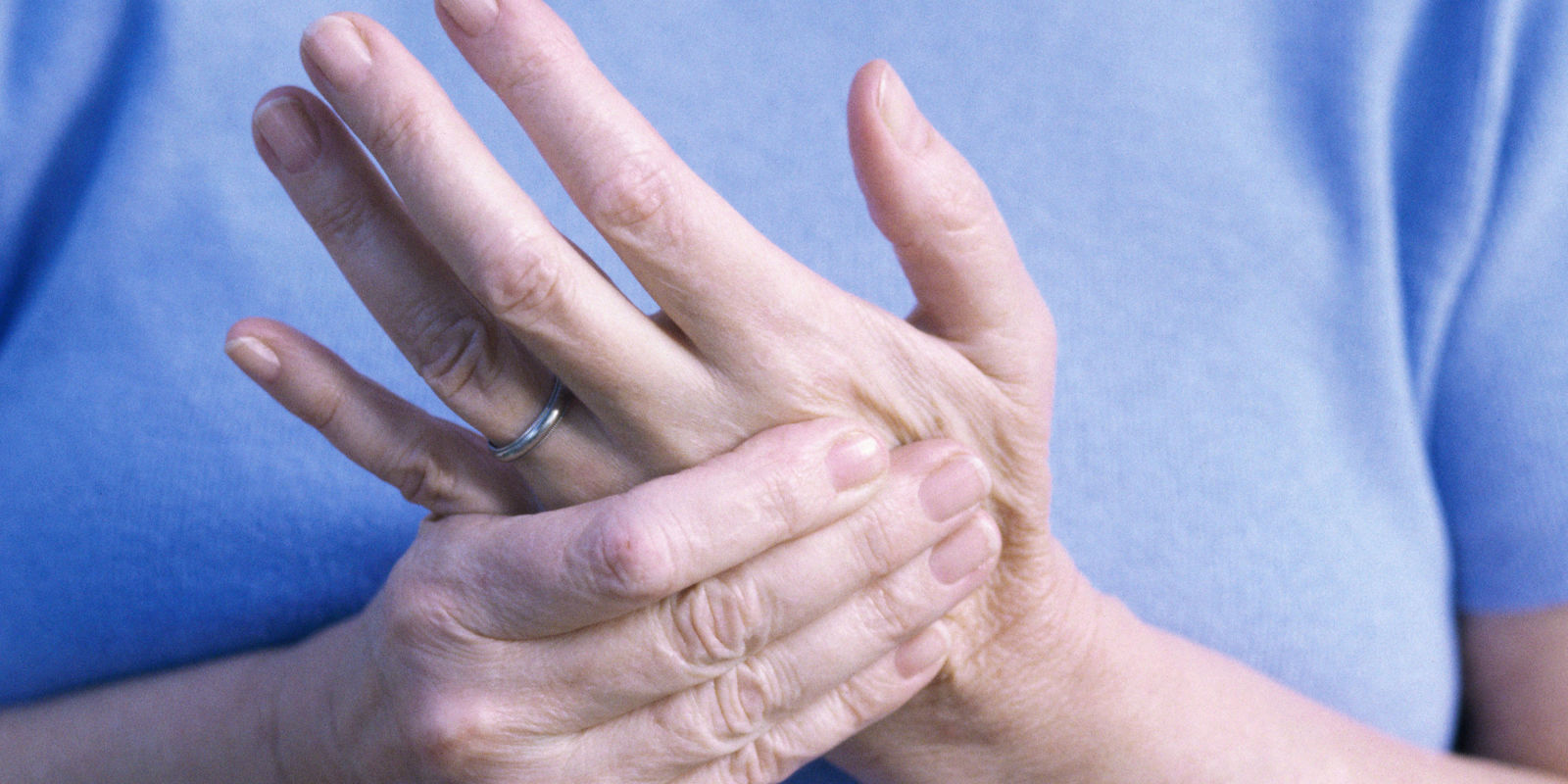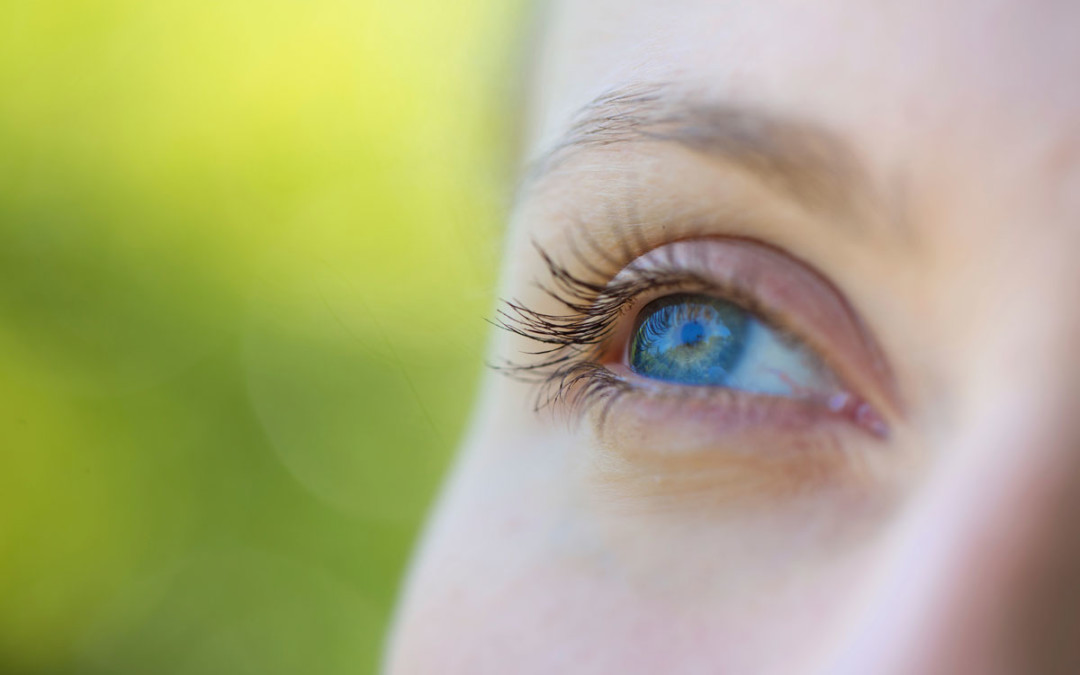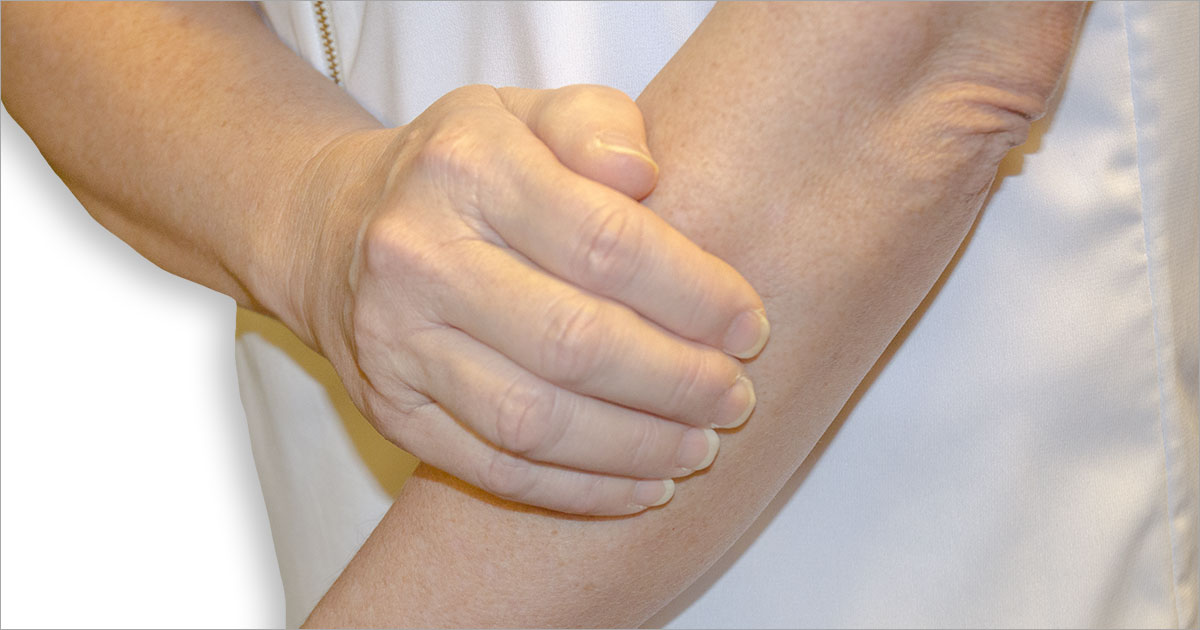8 Commonly Missed Symptoms of Type 2 Diabetes
Type 2 diabetes is a chronic condition characterized by a dysfunction in the way the body metabolizes glucose, which is the body’s preferred source of fuel. People with type 2 diabetes either resist insulin or do not produce enough of it to maintain healthy blood glucose levels. Insulin is a hormone that manages the flow of glucose into the body’s cells, where it can be used as energy. Although there is no cure, type 2 diabetes can be controlled by diet and exercise. Here are eight common symptoms of type 2 diabetes that people often miss:
Chronic Fatigue

Chronic fatigue is a broad symptom that can be used to describe many conditions ranging from memory loss to high blood pressure. Diabetic patients may notice an increase in fatigue as the disease progresses, even before it is diagnosed. People who have trouble falling asleep and staying asleep at night may be experiencing a fluctuation in blood sugar levels. Talk to a doctor if chronic fatigue persists despite getting plenty of rest or if sleep habits suddenly become interrupted.
Numbing Sensation

One of the most common symptoms of type 2 diabetes is diabetic neuropathy, which occurs when spikes in blood sugar cause nerve damage. In most cases, the nerve endings become damaged, which increases the risk of a numbing sensation. It usually starts in the feet and travels to the hands, arms, and legs. A numbing sensation may begin as tingling skin and can lead to complete loss of sensation in the extremities as the disease progresses.
Vision Problems

Blurry vision is one of the most common and overlooked side effects of type 2 diabetes. If left untreated, diabetic patients are at an increased risk of experiencing permanent damage to their pupils and corneas, which may cause vision loss. For some patients, their eye doctors are the first ones to detect type 2 diabetes. Vision problems occur in diabetic patients due to a buildup of fluid in the eyes that results from fluctuating blood sugar levels; this fluid causes swelling. Seek treatment if sudden blurry vision does not go away on its own.
Wounds That Do Not Heal

Wounds that take longer than normal to heal may be a sign of type 2 diabetes. In some cases, the wounds or cuts do not heal at all and require medical attention. Fluctuations in blood sugar levels prevent the bloodstream from delivering vital nutrients to the wound to heal them, which causes prolonged pain and swelling. Talk to a doctor if cuts, scrapes, or wounds do not improve on their own; this may be a sign of a blood sugar disorder, such as type 2 diabetes.
Frequent Urge To Urinate

Urinating throughout the day is an important part of staying healthy; however, when urination occurs more frequently than it should, it could be a sign of type 2 diabetes. Excess urination occurs when the body tries to flush excess glucose out of the blood, which can put a tremendous amount of strain on the liver and urinary tract. Diabetic patients should be aware of how many trips they are taking to the bathroom each day and consult a doctor if the number seems high.
Tingling Skin

Any condition that affects a person’s hydration or blood sugar levels may also affect the skin. Tingling skin may occur in diabetic patients due to dehydration, which results from frequent urination. Dry, itchy skin is a common symptom of dehydration. In some cases, tingling skin may occur in the form of dry patches on elbows, hands, and knees. These spots usually do not go away on their own; therefore, a doctor should be consulted if the problem continues.
Sudden Weight Changes

During early stages of type 2 diabetes, patients can lose their appetite, which causes sudden weight loss. Others struggle with eating too much or experience unusual cravings that do not go away. Significant fluctuations in weight should be reported to a doctor because they may signal the body’s failed attempt at trying to regulate blood sugar levels. Unstable blood sugar levels may also explain food cravings. Because the body’s cells are unable to get the glucose they need to operate, they crave more of it.
Discoloured Skin

Velvety patches of skin may develop as the body starts to develop a resistance to insulin. Common areas of skin problems that develop due to type 2 diabetes include places of the body where there are creases and folds, such as the knees, armpits, and groin. Discoloured skin may also occur when new skin cells develop before old skin cells have been shed. Consult a dermatologist if skin problems occur to determine if the cause is due to type 2 diabetes.